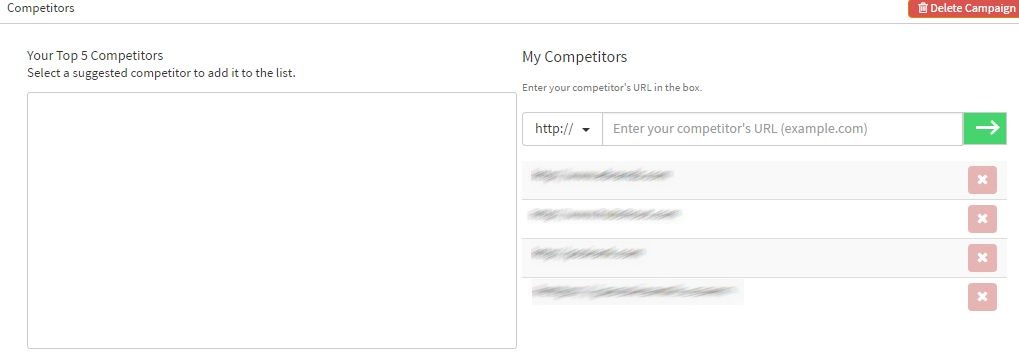
An increase in demand means a more competitive market. More businesses offering the same services will come in, and that takes a portion of the market share you’re currently enjoying. As a competitive business yourself, your current market share is never enough. Your aim is to improve your brand and promote it to more consumers.
It’s easier said than done, though. Some of your competitors may be better at online marketing than you. They may have the bells and whistles that draw customers in, while you’re struggling with the customers you are barely keeping. Why not learn from what competing brands do?
Why Analyzing the Competition is Important
They may be doing something right. They may be doing something wrong. They may not be doing something that could go right for their – and your – business. All of these scenarios are reasons for you to perform competitor tracking and analysis. The analysis is meant to guide you into pushing your own brand right in front of customers.
Here are some of the things competitor monitoring and analysis does for you:
- Tells you the weaknesses of your competitors
- Shows the areas they excel in
- Allows you to compare your efforts to theirs
- Identifies problem areas in your previous and current marketing strategies
- Addresses those problem areas to help you come out as a stronger brand
How to Analyze Your Competition
Knowing that you need to analyze the competition is just half of the battle. The other half is actually doing the analysis. Of course, this is something that you don’t have to do yourself if you have an SEO team working for you, but it’s still best to know the basics.
To analyze your competition, do the following:
1. List down your direct competitors. This means everyone offering the same product or service. Don’t worry about big international brands just yet; focus on the competition in your local area first

2. List down the marketing strategies you’ve seen them do. Do they have any ads on social media? Are they starting a promo for similar products? How do they engage with their target market? What about flash sales? Who are they marketing for? Are they successful in communicating their brand’s vision? Note everything they are doing and compare them with yours, so you can develop a strategy that will provide you leverage against the competition.
3. Look for problem areas they might encounter. Their online marketing campaigns may be raking in a good profit, but they aren’t always perfect. Look at the sentiment behind consumer engagement to see where customers think they are lacking. Use this to your advantage by offering better services in those areas.
4. Have a Plan B if more competition came in. If the demand for a certain industry rises steadily, more businesses may flock to it. That means more competitors vying for your position on the market. You need to have a contingency plan in case of an increase in competition, and note how it would affect your business flow. What possible risks would this pose? What kind of unique services will keep your business afloat in case of a rise in the competition?
Two Ways to Do Competitor Analysis
Analyzing the competition means checking aspects of their business objectively, so you can get results for comparisons. There are two approaches to doing this: with the perspective of a competitor, or with the perspective of a customer.
When strategizing in the perspective of your competitor, you have to look at the business aspects of the brand. Think of previous and current strategies, and analyze how successful these were at engaging customers. List opportunities and risks, including present and possible ones. Think of the changes you need to adopt if the market shifts or if the demand fluctuates. List down possible changes in your product or services, as well.
Look at the technical aspect of their strategy. Using Siteoscope, you can check different elements in your competitor’s website, including their backlinks.

When developing your strategy with the perspective of a customer, look at the needs that the business should address. Customers are the reason for the demand; the business supplies their needs. The needs-based approach is how you determine if customers are satisfied with what your competitor is offering. Identify areas where they might not be addressing customer needs successfully, and possible ways to improve those areas to adopt them into your own business strategies.
Market analysis is one thing; competitor analysis is another. While both aspects tell you what you can do to improve your brand’s position on the market, they give you different kinds of insights. There is no rule that says you should only do one kind of analysis, so feel free to use both to get more comprehensive data and become better than other brands in the industry.




